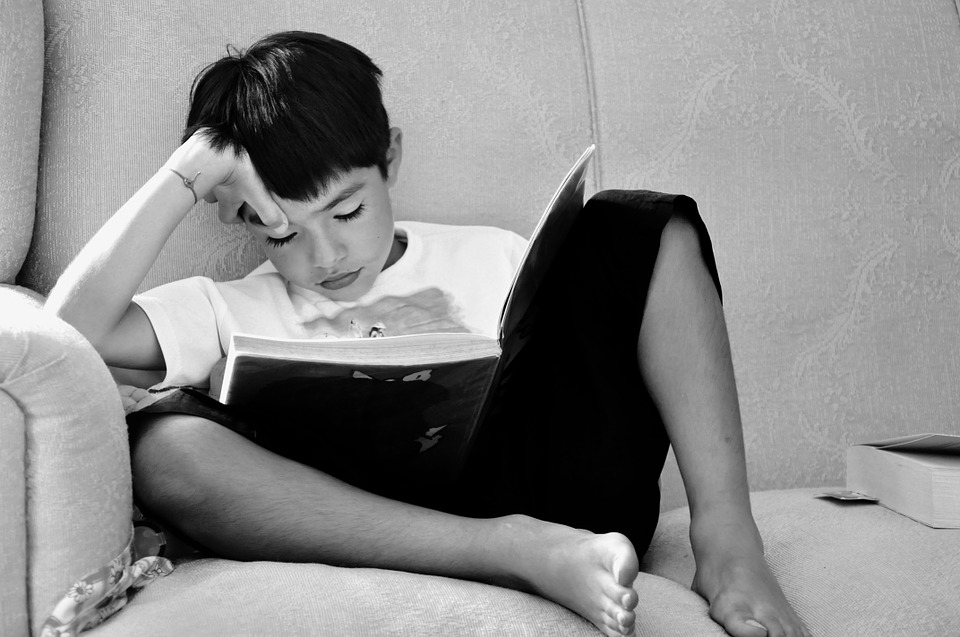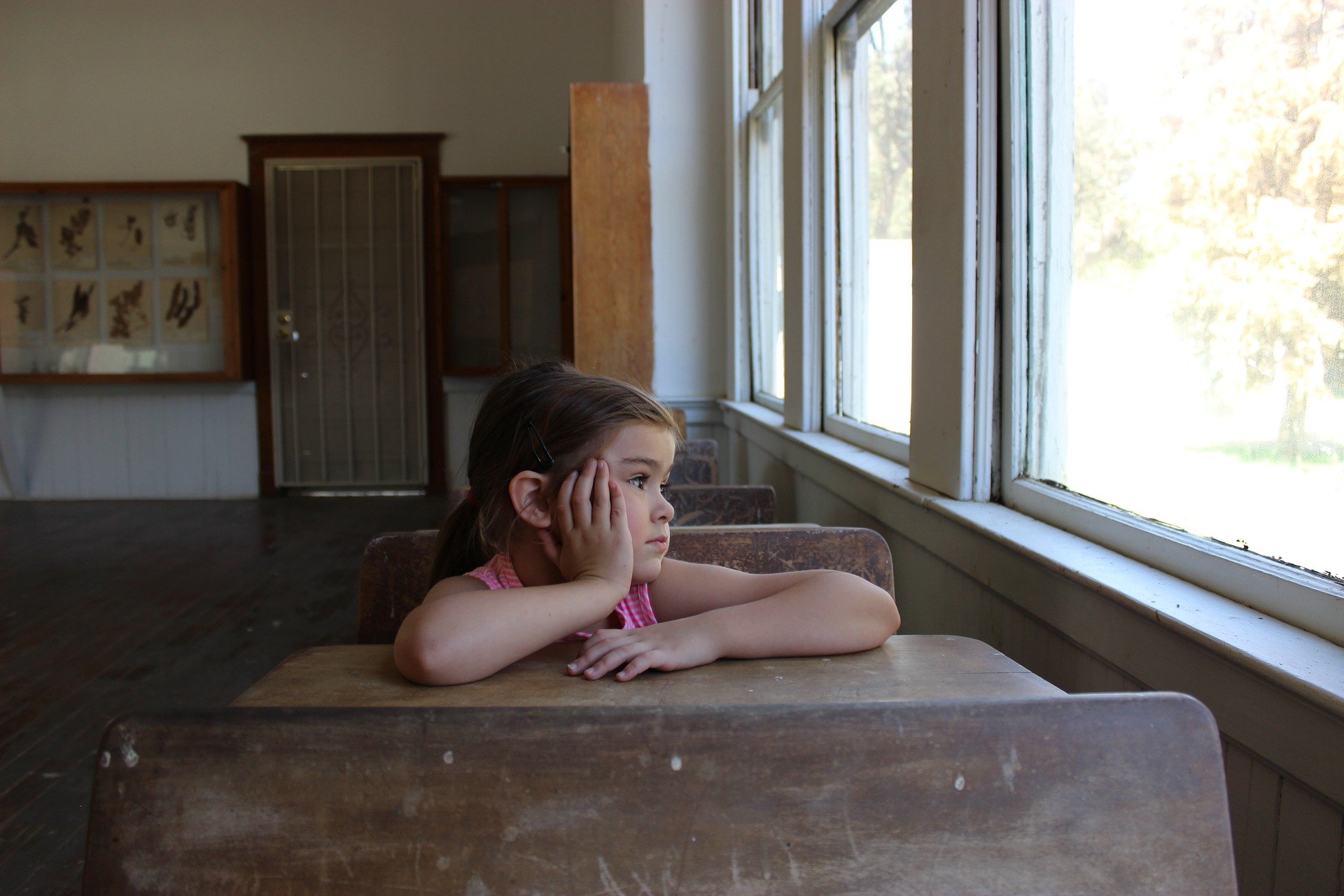When Covid-19 spread across the world in early 2020 and a pandemic was declared on 11 March, there were global calls for solidarity. In communities from Italy to Ireland, from South Africa to the United States, people sought to come together and face a common evil — the virus.
Yet, despite warnings that the “Coronavirus affects us all”, the truth is that the impact of the virus, whether direct or indirect, has differed greatly from one community to another. The inequalities that were present in society in the pre-pandemic era have only been exacerbated. For a whole generation of children whose education has been affected, this inequality has cost them dearly and will continue to do so into the future.
In its annual Global Education Monitoring report published in June, UNESCO warned that COVID-19 has led to greater levels of inequality in global education. In 2018 a total of 258 million children “were entirely excluded from education, with poverty as the main obstacle to access”.
At 17% of all school-age children, this number represented a huge obstacle to ensuring education for all. Fast forward to 2020 and over 90% of students worldwide were no longer able to attend school — at least, not in its physical form. Since the start of the pandemic there has been a huge push towards online learning, with even very young children often receiving some form of virtual teaching.
However, digital learning remains inaccessible for millions of students; many children do not have access to computers, an internet connection or a suitable place in their home to study. Without the physical space of a school, the pandemic has meant the loss of an education. While a lost education is a primary concern for students, the abrupt closures also meant the removal of the safety net that a school would normally provide; for many children and families, a school is a place to receive food and basic necessities and, especially in the case of girls and those who risk discrimination (immigrants, children with disabilities, ethnic minorities), it may offer a support network and a community. Even in advanced economies, the ‘digital divide’ has been felt across society.
In Ireland, one in five primary schools were unable to communicate with their students when schools were closed in March. In addition to this, many children experienced the loss of support from their schools through food and emotional wellbeing. Across the country, 250,000 students relied on the free lunch they would receive each day prior to the pandemic. With schools shut, many families had to look to charities to make sure their children were still being fed.
Yet, although these inequalities can be seen across the board, the divide is most visible when comparing low and high income countries. A recent report co-authored by UNESCO, UNICEF and the World Bank has stated that children in the world’s poorest countries have been “robbed of nearly four months of education, compared to six weeks of lost education for their counterparts in high income countries”. A mixture of delayed re-openings, budget cuts and poor access to remote learning has resulted in this large gap.
The UN has highlighted the need for further support for the education sector and a focus on “digital literacy and infrastructure”. Moving forward, it is clear that the imbalances within society and education need to be addressed. If we are to achieve Sustainable Development Goal 4 of “Quality Education for All”, the value we place on education will have to change in the post-pandemic era. Our future depends on the next generation; the ‘new normal’ must therefore prioritise children and their education and wellbeing.



